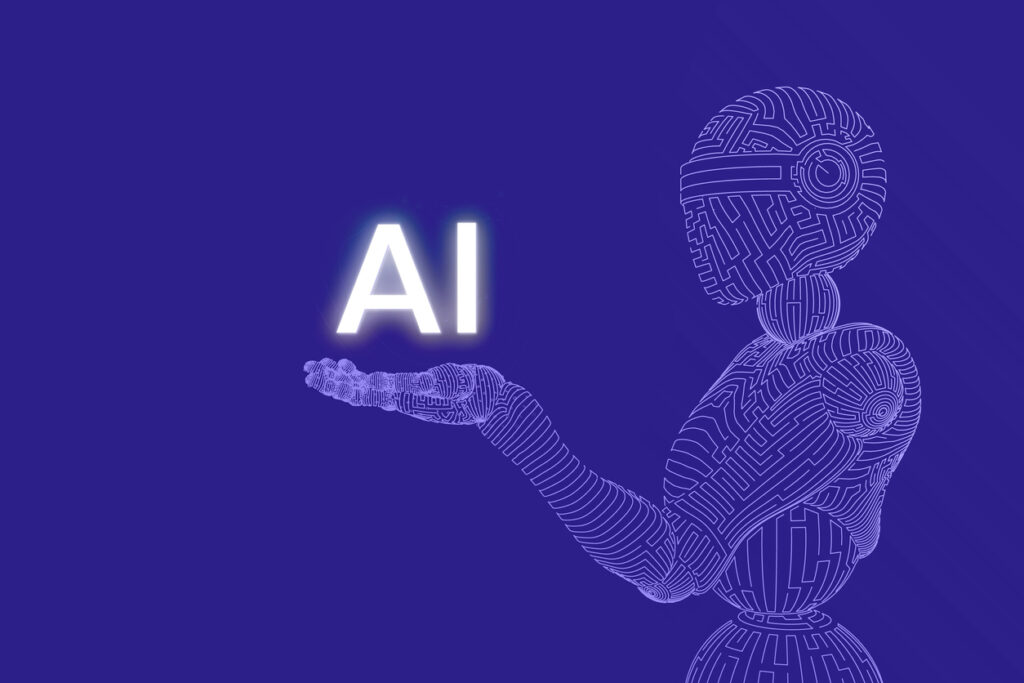In the ever-evolving landscape of artificial intelligence (AI), the pursuit of more interactive and intuitive systems has led to significant advancements in natural language processing (NLP) and machine learning (ML). At the core of these advancements lies the Artificial Intelligence Markup Language (AIML), a crucial tool that has played a key role in shaping the future of AI-driven interactions.
This article delves into the intricacies of AIML, exploring its origins, structure, applications, and the transformative potential it holds within the realm of AI.
Origins and Evolution of AIML
Artificial Intelligence Markup Language (AIML) was developed in the late 1990s as part of the A.L.I.C.E. (Artificial Linguistic Internet Computer Entity) project, with the aim of creating highly conversational bots. Dr. Richard Wallace’s pioneering work laid the groundwork for AIML, which was designed to simplify the process of building AI chatbots using XML (Extensible Markup Language) to define rules for conversational patterns. Over time, AIML has evolved, incorporating more advanced features to enhance its functionality and adaptability in various AI applications.
The Structure of Artificial Intelligence Markup Language
At its essence, the artificial intelligence markup language revolves around categories, patterns, and templates. Each category represents a unit of knowledge, comprising a pattern that matches the user’s input and a template that dictates the bot’s response. This simple yet powerful structure allows developers to create intricate conversational flows by defining rules that govern the interaction between the user and the AI system.
- Patterns: These are the key phrases or words that the AI system seeks in the user’s input. Patterns can include wildcards, enabling the bot to recognize a wide range of inputs that align with a specific conversational context.
- Templates: Templates outline the response of the AI system when a pattern is matched. They can contain static text, dynamic content, and even instructions to execute specific actions, making the conversation more engaging and interactive.

Applications of AIML in Modern AI
The versatility of AI markup language has facilitated its utilization across various sectors, revolutionizing the way businesses and consumers engage with AI systems.
- Customer Service Bots: AIML-powered chatbots are increasingly being integrated by companies to offer 24/7 customer support, addressing inquiries, complaints, and providing information about products and services.
- Educational Tools: Within the education sector, AIML chatbots function as interactive learning aides, delivering personalized tutoring, answering student queries, and enhancing the learning experience.
- Healthcare Assistants: AIML is also making strides in healthcare, with bots designed to provide health advice, schedule appointments, and even offer initial diagnoses based on patient-described symptoms.
The Future of AIML: Trends and Innovations
As AI progresses, AIML stands at the forefront of several emerging trends and technological innovations that promise to further enhance its capabilities and applications.
- Integration with Machine Learning: Combining AIML with ML algorithms presents the opportunity to create more adaptive and intelligent systems that can learn from interactions and enhance their responses over time.
- Voice-Activated Systems: The fusion of AIML with voice recognition technology is paving the way for more natural and intuitive voice-activated assistants, revolutionizing how users interact with their devices and smart home systems.
- Multilingual Chatbots: Advances in AIML are enabling the development of multilingual chatbots capable of understanding and responding in multiple languages, breaking down language barriers and enhancing global accessibility to technology.
Challenges and Considerations
Despite its potential, deploying AIML poses challenges. Issues such as ensuring privacy and security, overcoming language nuances, and creating contextually aware responses are crucial considerations for developers. The ethical implications of AI and the necessity for transparent, unbiased systems are also gaining prominence, necessitating ongoing attention and innovation.
Conclusion
Artificial Intelligence Markup Language serves as a testament to the creativity and potential of AI in creating more interactive, personalized, and intuitive systems. As AIML continues to evolve, its integration with advanced AI technologies holds the promise of unlocking new possibilities, making AI more accessible and effective across diverse domains. For AI experts and professionals, staying informed about AIML developments and its applications is crucial for leveraging the full potential of AI to innovate and transform our world.


